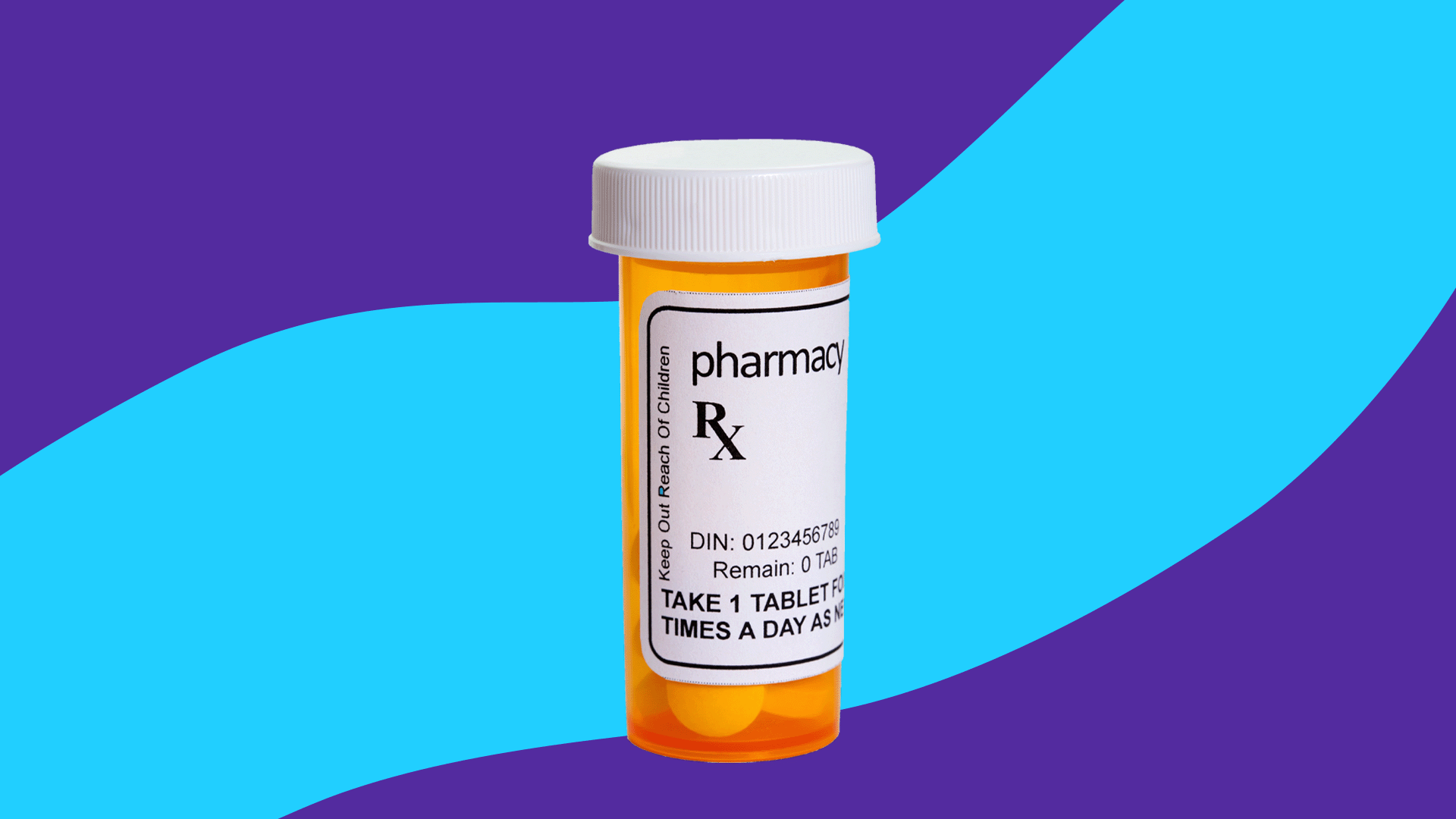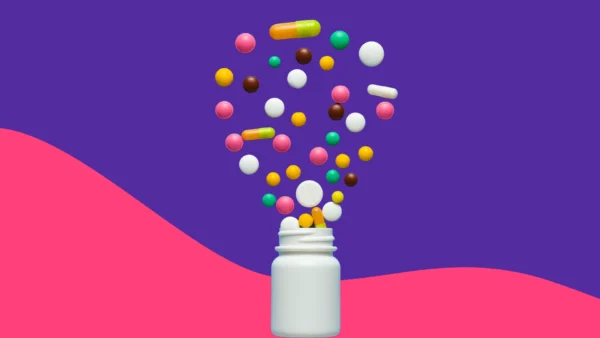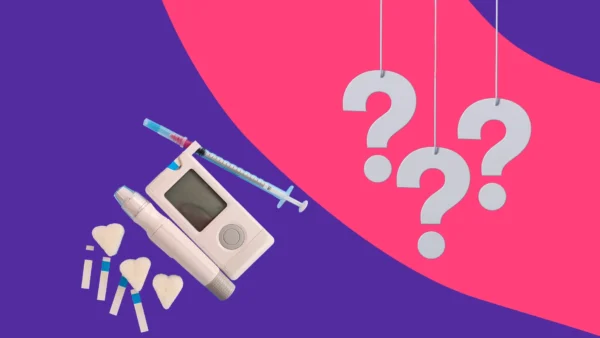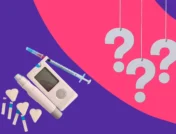Between 7,000 and 9,000 people die each year due to medication errors. On top of that, hundreds, if not thousands, of people may experience a medication issue that goes unreported. The responsibility of medication errors often falls on the shoulders of pharmacists and pharmacy technicians who spend hours each day dispensing medications to patients. Without the right systems, pharmacist errors, such as giving the wrong medication, dosage, or strength of a prescription, can cause serious health complications to a patient—and damage patient trust. Here’s how to avoid prescription errors.
RELATED: Medication error statistics
What are the most common pharmacy mistakes?
Medication errors are defined as preventable events that can lead to inappropriate medication use or patient harm. Meaning, medication errors don’t always start in the pharmacy. They can occur during any part of the prescription process, from when a drug is first prescribed to when the patient starts taking the medication. However, the pharmacy is one of the highest-risk areas where medication errors may occur. Pharmacy mistakes include:
- Dispensing the wrong medication to the patient
- Dispensing the wrong strength or dosage form of the medication
- Attaching the wrong prescription label to the medication bottle
- Incorrectly transcribing the prescription from the physician or other healthcare provider
- Providing incorrect dosage instructions on the prescription label
- Giving a patient a drug they are allergic to
- Giving a patient a drug that acts in the same way as another drug (duplication of therapy)
- Giving a patient a drug that interacts with other drugs they may be taking
Pharmacy technician and pharmacist mistakes can occur due to a number of reasons. Pharmacies are considered high-stress environments where mistakes can fly under the radar while performing daily tasks. For example, a pharmacy technician might hand the patient the wrong medication if they forget to verify a patient’s complete information, or a pharmacist might forget to double-check that the dosage instructions for a reconstituted antibiotic are correct. A well-oiled pharmacy system is necessary to ensure these mistakes don’t happen.
Who is responsible for pharmacy errors?
Both pharmacists and pharmacy technicians have joint responsibility for any duties carried out in a pharmacy setting. Pharmacy technicians are responsible for their duties in filling prescriptions as registered healthcare professionals. Pharmacists are responsible for overseeing the duties of the pharmacy technicians, correcting any pharmacy technician mistakes, and ensuring safe outcomes for the patient. In most cases, the employer of the pharmacy staff will bear the brunt of the pharmacy mistake if the cause was human error.
What are the consequences of dispensing errors?
Pharmacy mistakes are usually caused by faults in the workflow system. However, human error can lead to unintentional and unpredictable pharmacy mistakes. If the pharmacy mistake was caused by human error, employers typically seek to improve their systems and train the staff member to prevent a future error.
The main consequence of dispensing errors in the pharmacy is the potential harm or death of a patient. Other consequences may include disciplinary action by the employer, distrust of the patient in the pharmacy, and a weakened reputation of the pharmacy or pharmacist. If a pharmacy mistake is caused by negligence or reckless behavior, the responsible staff member may be held accountable and face severe consequences, including legal action by the patient.
Handling prescription errors in the pharmacy
It’s easy to let nerves and emotions take over if a suspected pharmacy error comes up. If a distressed patient presents a pharmacy error, it’s important to stay level-headed and follow the procedures outlined by your employer.
First and foremost, you should check to see how the patient is doing. Have they experienced any adverse effects as a result of the error? Next, you should check your employer’s SOPs (standard operating procedures) for handling and reporting pharmacy mistakes. This may involve documenting what happened and contacting the patient’s healthcare provider to explain what happened. The patient may need to follow up with their doctor about next steps regarding their health.
Healthcare providers and patients can also report medication errors to the Institute of Safe Medication Practices (ISMP) and the Food and Drug Administration (FDA). These organizations use medication error reports to make recommendations and provide information to help prevent future errors.
Preventing pharmacy errors
The best way to deal with prescription errors in the pharmacy is to prevent them from happening in the first place. Here are some ways to prevent pharmacy mistakes.
1. Follow the five Rs
One way to prevent medication errors is to follow the “five rights” or “five Rs”: right patient, right drug, right dose, right route, and right time. Using the five Rs as a reminder can help ensure you’re dispensing the right medications to the right patients. You’ll also remember to make sure the patient takes the medication the right way.
2. Always offer counseling to the patient
Offering to counsel the patient when they pick up their prescription is one of the most useful ways to prevent medication errors. By counseling the patient, you create an extra step to catch any potential errors before the patient takes their medication. You can make sure the patient is taking the right medication when you counsel them.
3. Improve your workflow and systems
Improving your workflow and systems can help you work smarter and prevent errors. Some ways to prevent errors through systems include keeping look-alike sound-alike drugs on separate shelves throughout the pharmacy. You may also want to implement automated warnings or physical reminders to watch for drug interactions, allergies, duplications of therapy, and contraindications.
4. Manage stress in the pharmacy
Stress can cloud our minds and disrupt our judgment, which can increase the risk of dispensing errors in the pharmacy. Managing stress through regular breaks can help keep stress at bay. Meditation, eating healthy, exercising regularly, and nurturing hobbies can also help reduce overall stress so you can work with a clear mind and prevent medication errors.
5. Double-check everything
Pharmacists and pharmacy technicians should always double-check their work. Having another person check your work can help get rid of any confirmation bias that comes with checking your work yourself. Pharmacists may also want to revisit a prescription through delayed verification to catch any mistakes they might have missed before.
Patient safety comes first
The goal of every pharmacist and pharmacy technician is to preserve patient safety and reduce the risk of medication errors. Having the right systems in place can prevent dispensing errors and protect the patient. If a medication error does occur, standard procedures should be in place for identifying the cause of the error, reporting pharmacy mistakes to the right people, and following up with the patient or referring the patient to their doctor if the patient experiences adverse effects.











